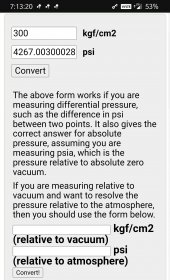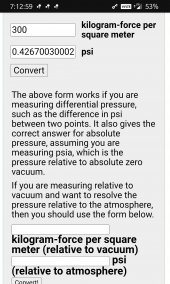My friend, your not understanding the linear relationship between 1 cell and the length of the restraint and 19 cells and the length of the restraint for those 19 cells.
Look at the image below really carefully. The cell is clamped between 2 plates and there are 6 rods holding the plates. Those rods are the same length as the width of the cell. Either the rods are stretching or not. If they are not stretching then the answer is that it is irrelevant and you can stack as many as you want to and everything is fine. If they are in fact stretching then it is still irrelevant (as long as you use the same material for the rods) because when you add a second cell, you add length to the rod and exactly double the amount of stretch to match exactly double the cell expansion. Its all relative.
At the end of the day, put springs, dont put springs. Do what you want to but based on the information below, your extrapolation that you can do it with 1 cell but not with 2 or more is incorrect.
View attachment 112721




